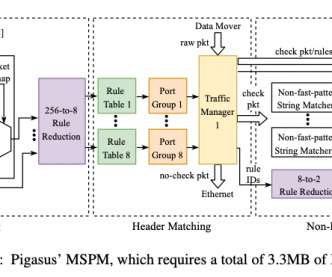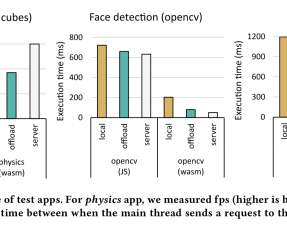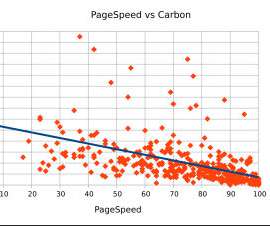Protecting critical infrastructure and services: Ensure efficient, accurate information delivery this election year
Dynatrace
APRIL 15, 2024
Government agencies aim to meet their citizens’ needs as efficiently and effectively as possible to ensure maximum impact from every tax dollar invested. These components include schools; transportation; energy; water; and communications such as the accuracy, timeliness, and transparency of election reporting.























Let's personalize your content